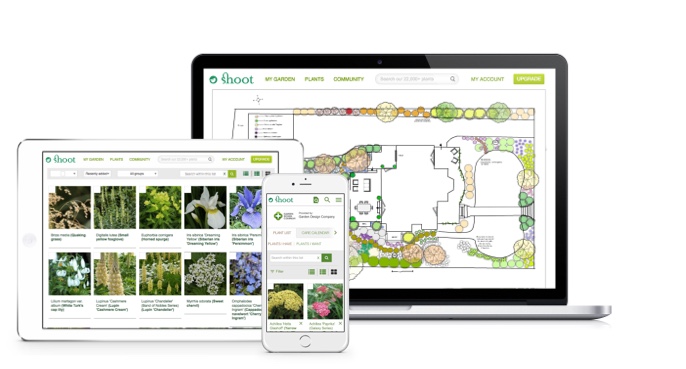Oxytropis podocarpa (Stalkpod locoweed)
Other names: Stalked-pod locoweed, Gray's point-vetch, Inflated oxytrope, Aragallus podocarpus, Astragalus septentrionalis, Spiesia podocarpa, Oxytropis hallii, Oxytropis inflata, Oxytropis podocarpa var. inflata
Species
O. podocarpa is a compact, mat- or cushion-forming, deciduous perennial with pinnate leaves divided into hairy, narrowly lance-shaped, grey-green leaflets and, in late spring and early summer, racemes of pea-like, purple to purple-pink flowers turning blue with age. Flowers are followed by papery, inflated, bladder-like, reddish-brown seed pods.
Season of interest
Flower | ||||
|---|---|---|---|---|
| Spring | Summer | Autumn | Winter | |
| Flower | ||||
Foliage | ||||
| Spring | Summer | Autumn | Winter | |
| Foliage | ||||
Height and spread
Height and spread | |||
|---|---|---|---|
| Size | Max height | Max spread | To maturity |
| 0.05 m | 0.3 m | 2-5 years | |
| 0 ft | 0 ft | 2-5 years | |
Where to grow
Check to see if this is the Right Plant, Right Place with ShootChecker™


/filters:strip_exif()/assets/v3/2023-06-15/0bf3d8a4-a39a-4fc2-96d2-27bc58d0bb1e.jpg)
/filters:strip_exif()/assets/v3/2023-06-15/c320d146-38d3-43f0-8ac9-cfb399f02248.jpg)
/filters:strip_exif()/assets/v3/2023-06-15/57bc98df-7774-454f-88dd-f8757a76b4eb.jpg)
/filters:strip_exif()/assets/v3/2023-06-15/0bf3d8a4-a39a-4fc2-96d2-27bc58d0bb1e.jpg)
/filters:strip_exif()/assets/v3/2023-06-15/c320d146-38d3-43f0-8ac9-cfb399f02248.jpg)
/filters:strip_exif()/assets/v3/2023-06-15/57bc98df-7774-454f-88dd-f8757a76b4eb.jpg)
/filters:strip_exif()/assets/plants/plant_27371/plant_27371_shoot_20190531220158.jpg)
/filters:strip_exif()/assets/v3/2023-06-15/f8da49c6-49cf-4706-bc1b-1d7ef0982176.jpg)
/filters:strip_exif()/assets/v3/2023-06-17/ca9a01b0-de07-4f8d-b3e9-81fdca064e6c.jpg)